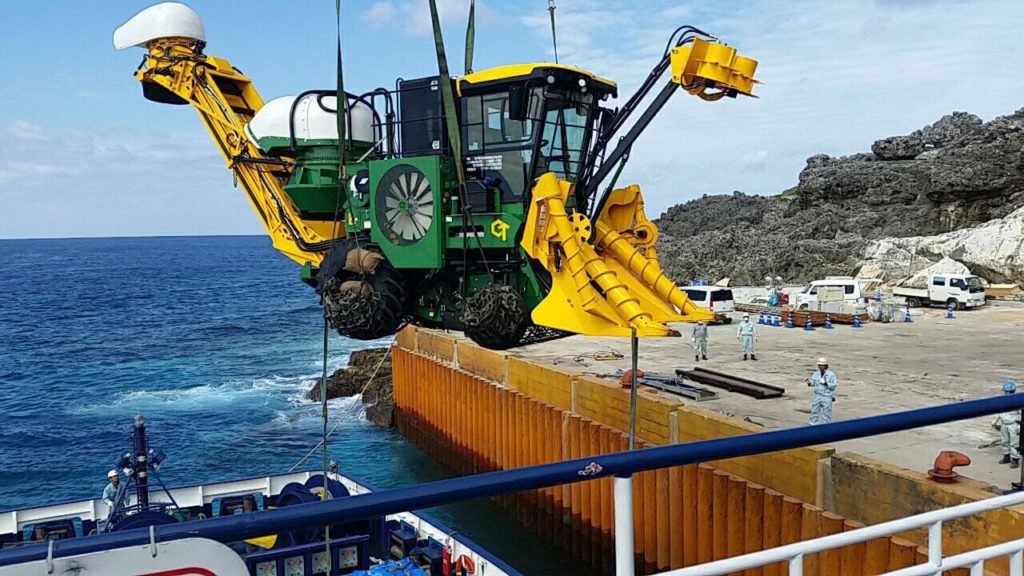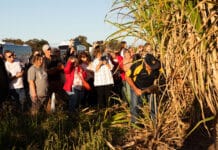
A Canetec sugarcane harvester was recently delivered to Japan, continuing a Bundaberg success story in high-tech advanced manufacturing.
Based in North Bundaberg, Canetec specialises in the manufacture of sugarcane harvesting equipment for new and existing mechanised growers.
The harvester pictured is an export model YT8000, which is a refinement of the Bundaberg-designed and built AX7500 Light-Strong-Efficient machine design.
Chief executive officer Glen Soper said it was delivered to customers in Okinawa, Japan.
“The YT8000 is specifically designed for the Japanese market to meet their stringent emissions requirements,” Mr Soper told Bundaberg Now.
Reassembled ‘a bit like a Meccano set’
“Our machines are designed to disassemble and fit into two standard shipping containers. It is then reassembled and commissioned on arrival to ensure Canetec’s stringent quality standards are maintained.
“It’s a bit like a Meccano set!
“We have forecast manufacturing 12 machines over the next 12 months with growth for more in the near future.
“Our product is locally designed and produced all right here in North Bundaberg.”
Canetec was established in 2005 and employs more than 20 local people.
“At 12 tonnes, the YT8000 is actually quite a lightweight machine compared to other sugarcane harvesters,” Mr Soper said.
“This allows it to better handle the volcanic soil found on the islands where Japanese sugarcane is grown, as well as reducing the damage to the sugarcane root system due to the harvester’s weight passing over it.
“Reducing the soil compaction and root damage is a key area farmers are now focusing on.
“As sugarcane is able to regrow several times from a cut stalk, increasing the health of regrowth from cut sugarcane plants and decreasing the frequency of replanting is a key factor for growers.
“This machine will be developed into the AX9000 machine, featuring further improvements including a larger and more comfortable cab allowing for the integration of modern crop monitoring systems.”
In Japan, sugarcane is grown only in the south-western islands, at the southern most end of the Japanese Archipelago. Most of these islands are in the subtropics.







